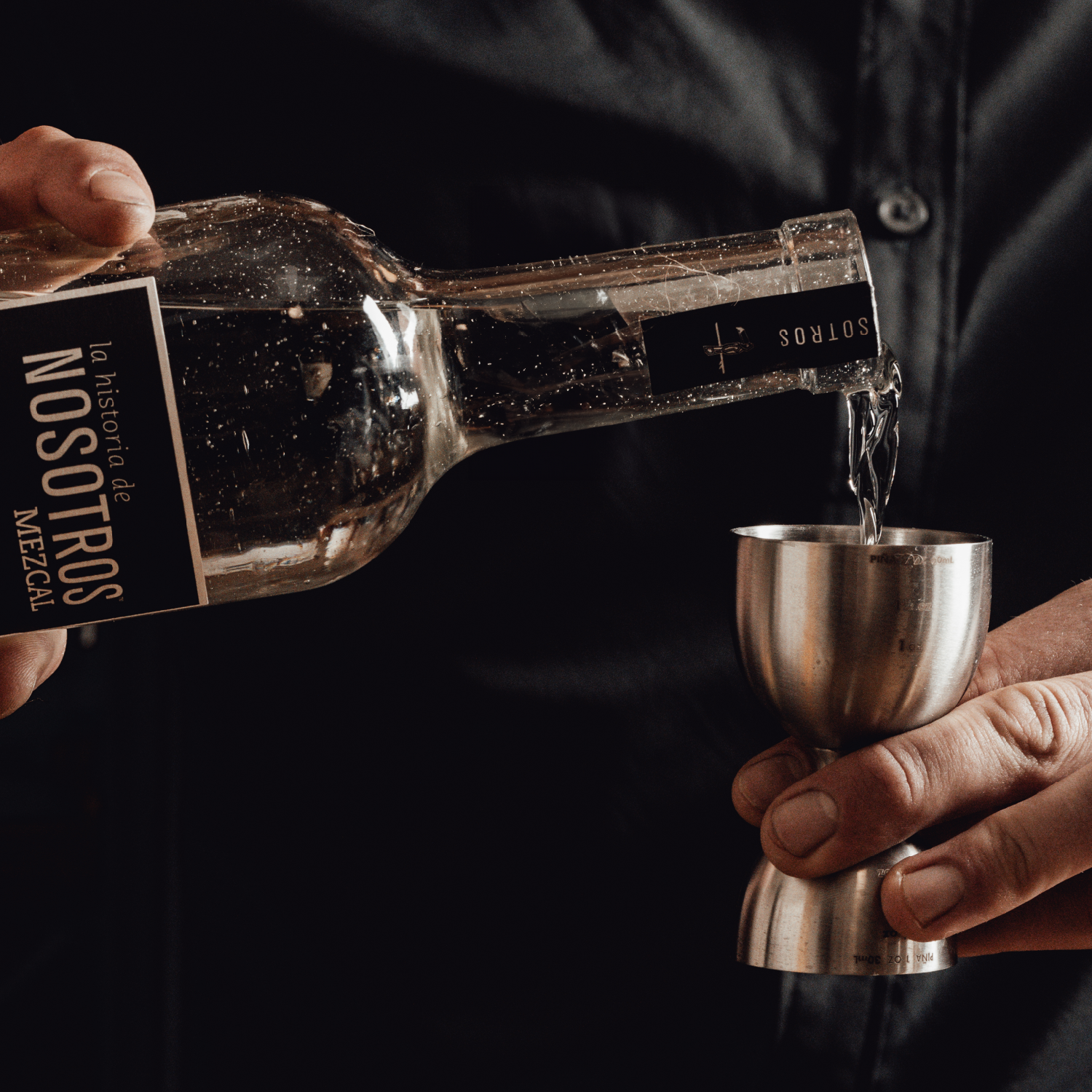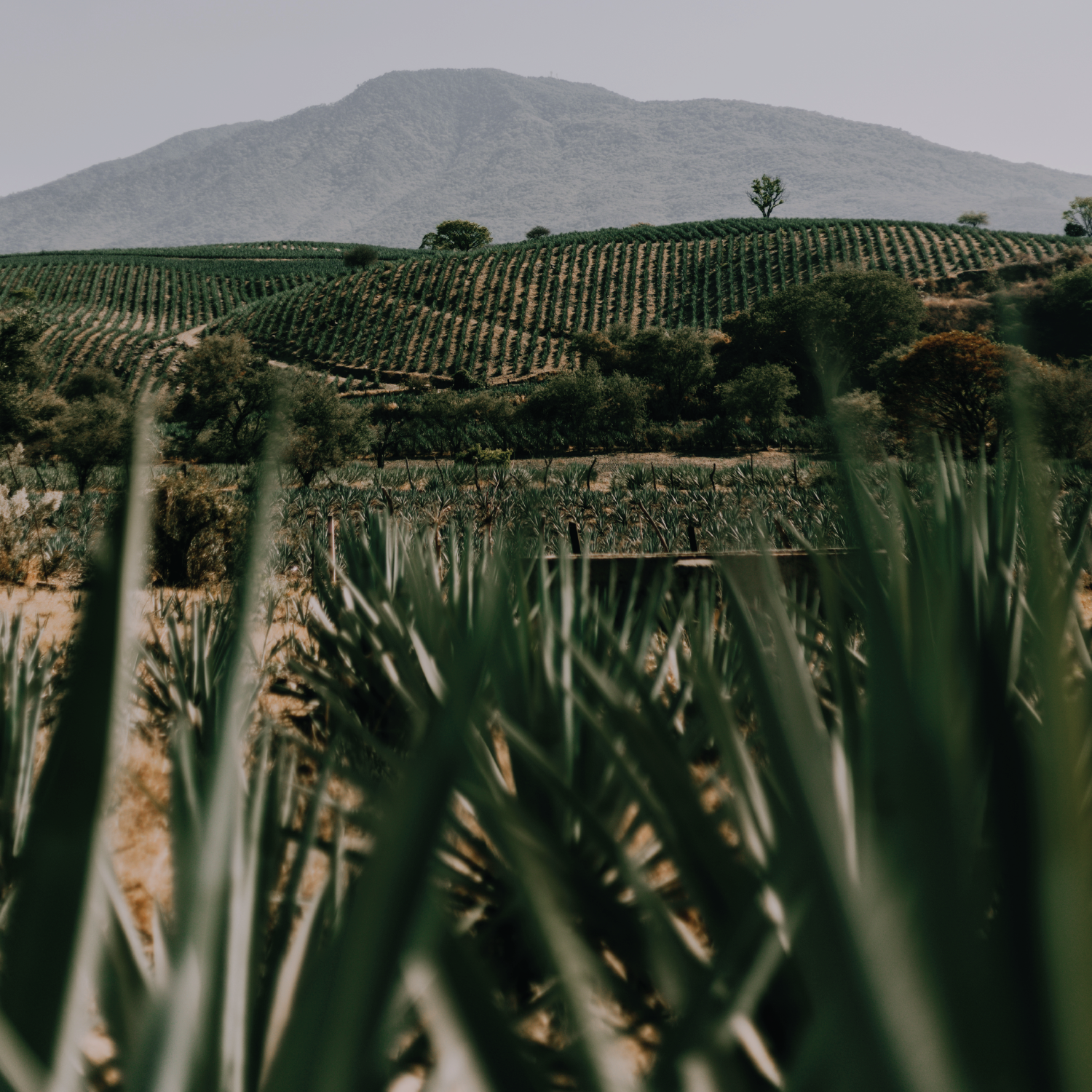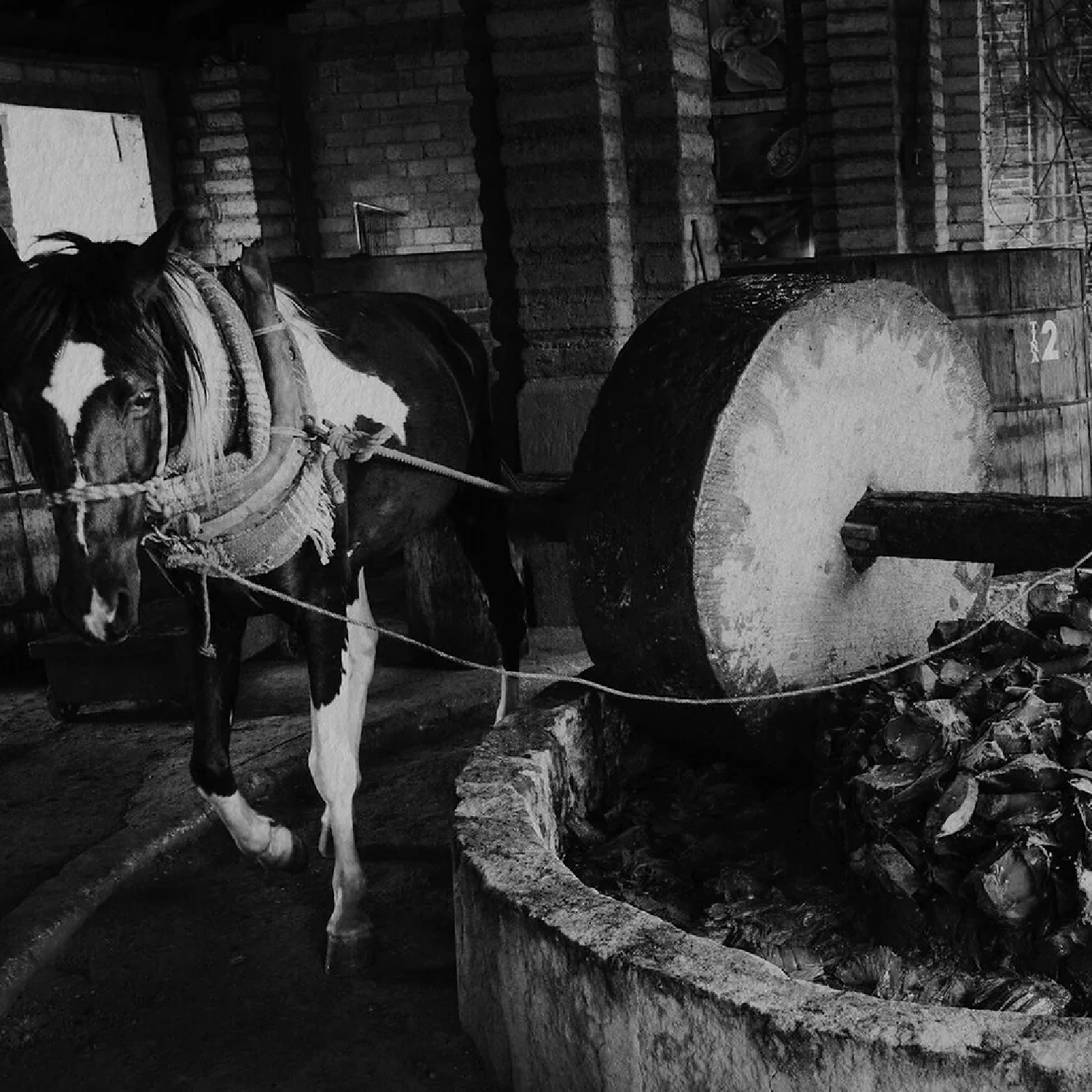
Mezcal 101
Written by: Niko Loyatho
You’ve tried it and it’s too intense. Too smoky, too not-an-Aperol-Spritz. Beyond that,
all you know is that it’s tequila’s brutish cousin. But some people won’t shut up about it so you want the skinny.
Mezcal predates tequila. In fact it is the oldest distilled spirit in the Americas. The first literary reference to mezcal came in 1621 when a Spanish Basque named Domingo Lazaro Arregui wrote about a beverage distilled in Nueva Galicia that was “clearer than water”. The word “mezcal” comes from an indigenous language, Nahuatl, combining metl (maguey or agave) and ixcalli (cooked) to form mexcalli (mehz-cal-lee).
Accordingly, for many years, mezcal was called vino de mezcal. The name “tequila” represented a regional variety of mezcal and is first found in a tax ledger from 1873 describing three barrels of “vino de mezcal de la region de Tequila” that were shipped to Santa Fe, New Mexico. Unofficially, a “mezcal” refers to any spirit distilled from agave. Legally, the definition has gotten more specific. It must be made in one of nine Mexican states and follow a strict set of traditional production methods. We as consumers like these laws. They protect the quality of the product and legacy of the spirit.
Mythology
So before we knew about things like science there was the Aztec goddess of agave and fertility named Mayahuel. She got drunk with another god, Patecatl, and their sanctimonious one nighter produced an offspring of four hundred rabbits. It sounds suspect, we know, but look it up, it happened. Those four hundred rabbits suckled pulque (agave wine) from Mayahuel’s breast and it is said that when you get tipsy drinking mezcal one of these four hundred rabbits inhabits you and characterizes that drunk. The only way to try them all is to do it four hundred times.
Agave
While it looks like a cactus, the plant is actually more akin to asparagus. Agave is unlike any other produce we make alcohol from. It does not have an annual yield. Harvesting agave means digging up the whole plant. And it cannot be harvested until the agave is fully mature. Mezcal can be made from upwards of fifty different agave varietals (some of which take up to thirty years to mature). Historically, mezcal agave was wild-sourced but with growing demand that is no longer sustainable or cost-effective. An agave called espadín—selected for its flavor, and size relative to life span—is cultivated and makes the majority of mezcal (by volume) available on the market today.
Process
If you’ve toured a modern liquor distillery or seen photos, don’t picture that. The mezcal we drink today is produced in much the same way it has been for over four hundred years. A palenque, where mezcal is made, usually looks more like a campsite than a production facility. Historically, towns and regions had their own. The first time you see one—up a dirt road in the mountains or outside a small village, no electricity or running water, clay pots and simple tools—you know it’s no false claim that the mezcalero learned from his father and his father before him. It is said mezcal cannot be learned in a generation.
After an agave is dug up and the fronds are removed what’s left is called the piña. This portion must be cooked to convert its inulin to sugar. The ovens used are large pits dug into the ground called hornos. How the pits are constructed and the fires assembled varies according to the style of the mezcalero and has a dramatic effect on the final flavor of the mezcal. After cooking, which can take weeks, the piñas are crushed using a giant stone wheel called a tahona and the nectar is extracted for fermentation. What it is fermented in and for how long are also marks of the mezcalero. Mezcal is distilled twice. Some ceremonial mezcals called pechugas are distilled a third time with mixtures of meat, fruit, nuts, and spices inserted into the still to flavor the final spirit.
El Sabor
Unlike most conventional spirits that are bottled at 40% ABV, mezcal is bottled at 45 - 55%. Instead of smoothness, the pursuit is maximizing flavor. That range allows a mezcalero to find precisely where the most can be tasted—too low and the flavor is watered down, too high and it can be eclipsed by ethanol. So many agaves and such varying processes make mezcals wildly different from one to another. Few spirits are capable of showcasing the fruit and its earthen birth so well as mezcal.
Thoughts from your bartender
Life’s too short for vodka sodas. Try it like this: Use a wine glass or a snifter. Go slow. Smell it a while before taking a sip; the smokiness will dissipate and you will smell fruity agave. Take a small sip and let it roll across your tongue. Be patient, flavors happen chronologically. Repeat. Become one of us that won’t shut up about mezcal. We welcome you with open arms. Go forth in snobbery. It feels wonderful.


